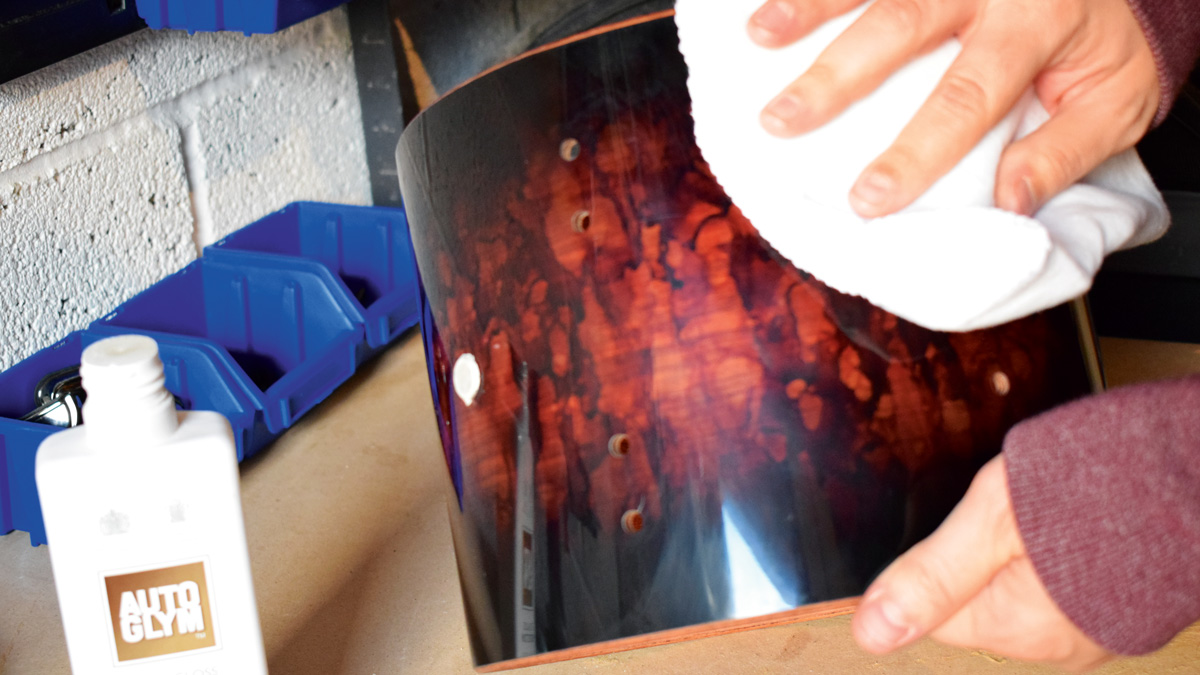The Workshop: How to clean your drum shells
Keep your gear in top condition
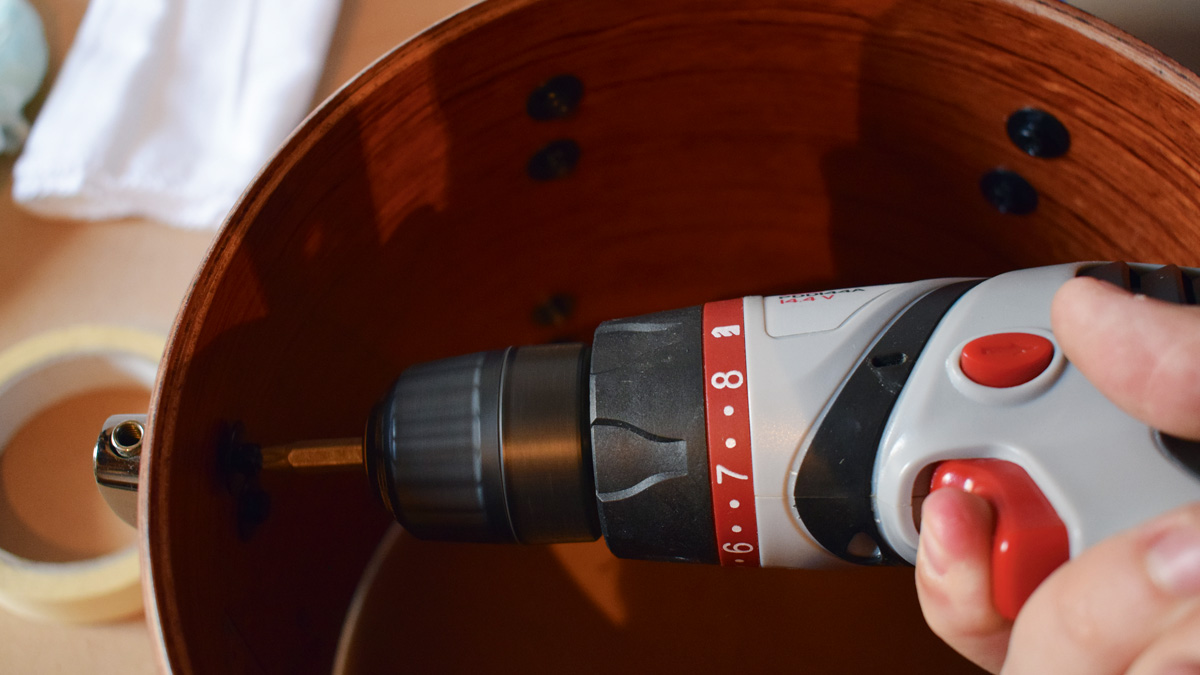
1. Remove the shell hardware
Keeping your gear in tip-top order needn’t be difficult, especially when it comes to cleaning drum shells.
Here we’ll show you how to get your drums looking good as new.
Start by removing the tension rods and then lift away the hoop, along with the drum head. Next, remove the lugs (and any other hardware) by loosing the fixings from the inside of the drum. Stripping the shell of its lugs is not essential but is ultimately worth the time to ensure even results.
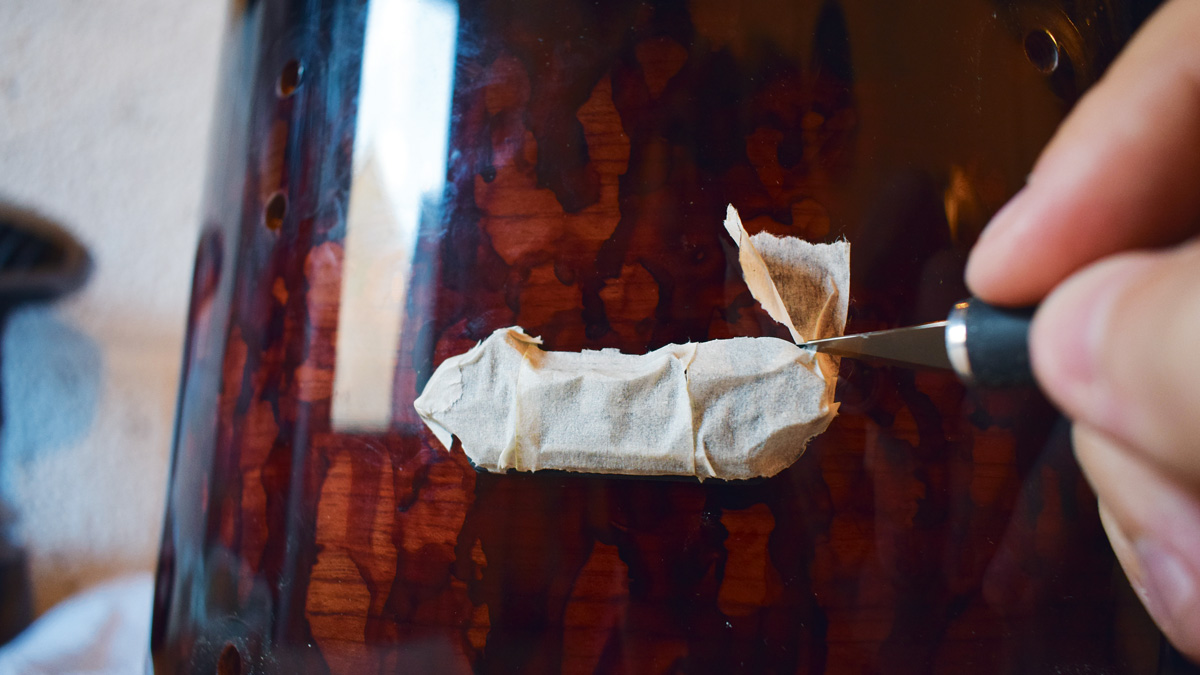
2. Cover the badges
Removing the badges can be a real pain so it’s often a much easier option to just cover them up instead.
After concealing them with masking tape, very carefully cut around the outline with a sharp blade avoiding direct contact with the shell. This will protect the badge from any cleaning agents used.
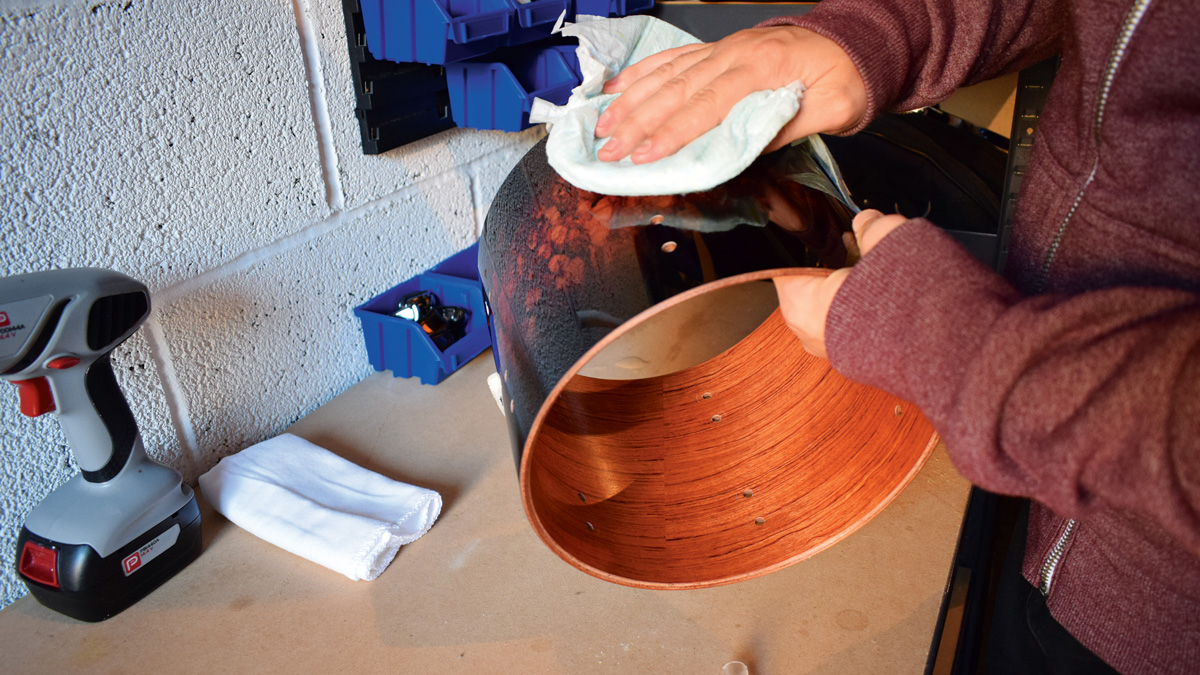
3. Wipe down the shells
For newer or cleaner kits, a good buffing with a soft cloth can be all that is necessary.
Be gentle on them at first as it can be really easy to scratch the finish with any dirt that has built up. A lot of drum techs favour using nappies as cloths because they are designed to be so soft.
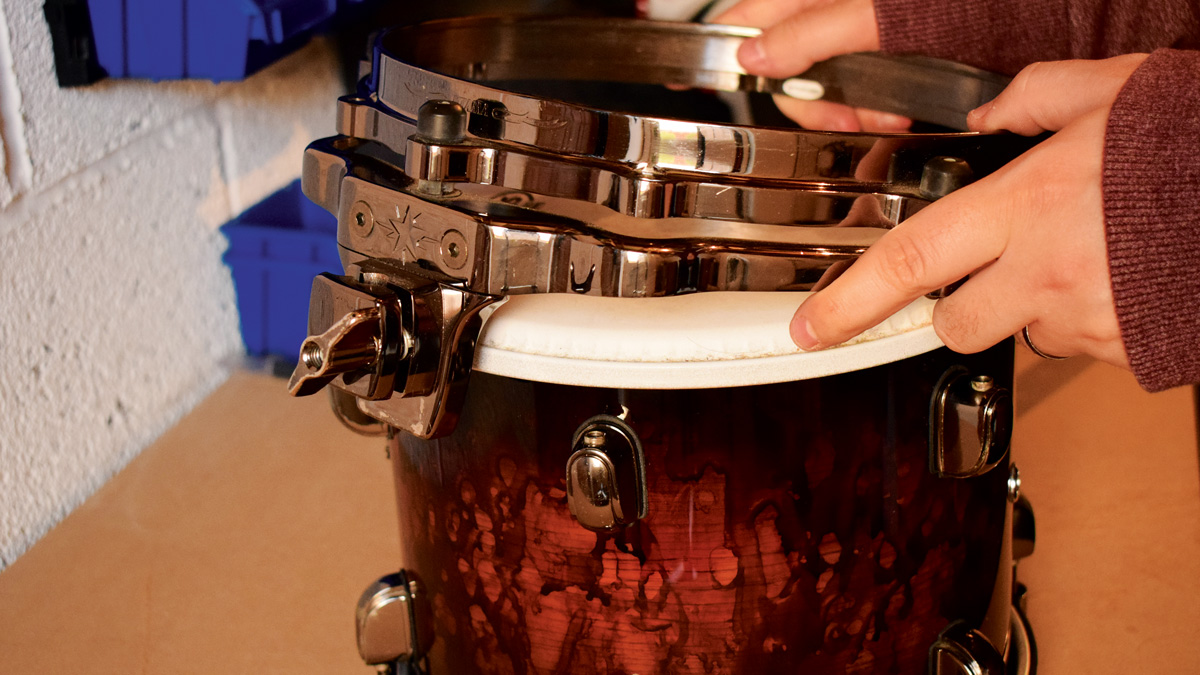
5. Replace the shell hardware
Once you are satisfied with your newly gleaming shells, simply reattach the lugs, remove the masking tape and replace the hoops.
You may decide to give the hardware a good clean as well before putting everything back together.
Tom is a professional drummer with a long history of performing live anywhere from local venues to 200,000 capacity festivals. Tom is a private drum tutor, in addition to teaching at the BIMM Institute in Birmingham. He is also a regular feature writer and reviewer for MusicRadar, with a particular passion for all things electronic and hybrid drumming.
